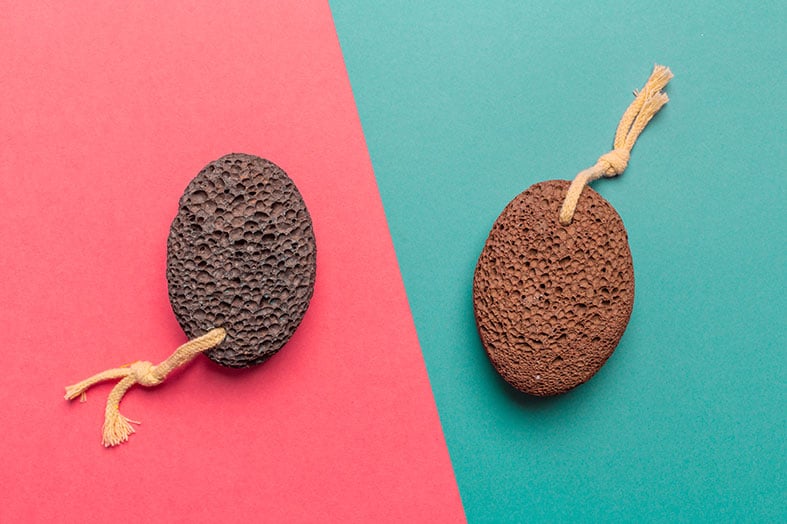Uncategorized
Madisonhealth Blog
(HealthDay News) — Taking care of a significant wound helps prevent infection and minimize scaring, the Nemours Foundation says.
The foundation suggests how to care for a wound at home:
- Keep the wound covered with a clean dressing until it stops producing fluid.
- Wait an average of four days after surgery before showering. Ask your doctor for a specific time to wait.
- Do not soak in the bathtub or swim until your next doctor visit.
- Don’t let pets get close to a wound.
- Do not pick or scratch a scab.
Copyright © 2018 HealthDay. All Rights Reserved.
(HealthDay News) — Having full knowledge of your family health history is empowering and can be an effective way to stay healthier.
Your doctor may review your family health history in deciding whether you and other family members need certain screening tests, the Centers for Disease Control and Prevention says.
The CDC suggests how to keep a family health history:
-
- Talk to family members to get details about each person’s medical past. Be sure to include information about chronic diseases such as heart disease, diabetes, high cholesterol and high blood pressure.
- Determine if there is a family history of cancer or stroke.
- Be aware of your family’s ancestry.
- Share your history with your doctor and other family members.
Copyright © 2018 HealthDay. All Rights Reserved.
(HealthDay News) — When a thin piece of wood, glass or metal gets embedded within the top layers of your skin, you know how annoying and painful a splinter can be.
The U.S. Library of Medicine suggests how to remove a splinter safely:
-
- Sterilize a pin or needle by soaking it in rubbing alcohol or by placing the tip in a flame.
- Wash your hands with soap.
- Use the pin or needle to gently remove skin over the splinter.
- Then use the tip of the pin to lift the end of the splinter out.
- You may need to use tweezers to pull out the splinter after you lift it.
Copyright © 2018 HealthDay. All Rights Reserved.
Showing 121-132 of 169 results












